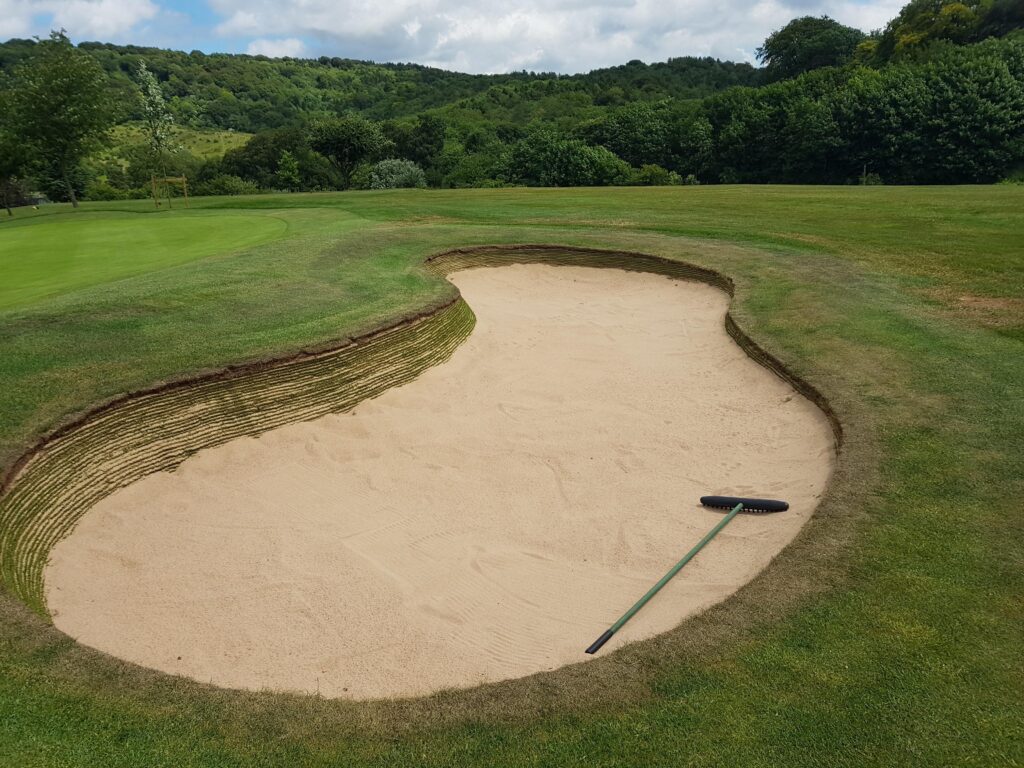Golfers of all skill levels know that navigating bunkers near the green can make or break a round. Successfully escaping the sand and landing close to the flag remains one of the sport’s most challenging yet rewarding feats. In this article, we explore proven techniques and expert tips on how to get over that bunker and close to the pin, helping players improve their short game and shave strokes off their scores.
Mastering the Art of Bunker Shots for Precision and Control
Executing a flawless bunker shot calls for a blend of technique, finesse, and smart club selection. Start by positioning the ball slightly forward in your stance and opening the clubface to increase loft. Embrace an aggressive, yet controlled swing to ensure the clubhead slices through the sand, not too shallow nor too steep. Key to this shot is trusting the bounce of your sand wedge to glide through the sand rather than dig in, allowing the ball to pop up quickly and land softly on the green.
Precision is further enhanced by understanding the lie of the ball and the bunker’s texture. Softer, deeper sand requires a steeper angle of attack, while firmer sand allows for a smoother, less steep stroke. Use this quick-reference technique chart for improved control:
| Sand Type | Angle of Attack | Clubface Setting | Recommended Swing |
|---|---|---|---|
| Soft & Deep | Steep | Wide Open | Full, aggressive |
| Firm & Shallow | Moderate | Partially Open | Controlled, smooth |
| Mixed | Adjust accordingly | Open to partially open | Adapt swing pace |
- Maintain your wrist hinge through impact to maximize power and control.
- Follow through fully; incomplete swings cause poor sand contact.
- Visualize the landing spot – a few inches past the flag to allow spin and roll.
Choosing the Right Club and Stance to Nail Your Approach Near the Flag
Mastering your approach near the flag starts with selecting the perfect club tailored to the shot’s distance and lie. For tight pin placements, opting for a lofted club like a pitching wedge or gap wedge allows for greater control and height, enabling the ball to descend softly onto the green. Conversely, if you’re facing a longer carry or need to clear the bunker with some roll, a 9-iron or 8-iron can offer the right balance of distance and trajectory. Keep in mind the ground conditions and wind; these factors can sway your choice, demanding a more conservative or aggressive club selection to ensure precision.
Equally vital is adopting a stance that promotes stability and accuracy. A slightly open stance often provides better alignment towards the target, especially when dealing with tricky lies near the bunker. Your feet should be shoulder-width apart, distributing weight evenly but leaning subtly toward the front foot to encourage a descending strike-crucial for clean contact. Remember to keep your hands ahead of the ball at address, which helps compress it properly and control spin. Below is a quick reference for stance adjustments based on shot type:
| Shot Type | Stance Adjustment | Weight Distribution |
|---|---|---|
| High, Soft Landing | Open stance | 60% front foot |
| Low, Rolling Shot | Square stance | Equal weight |
| Flop Shot | Wide stance | Balanced, slight front |
To Wrap It Up
Mastering the art of escaping bunkers and confidently approaching the flag remains a pivotal skill for any golfer aiming to lower their scores. By combining strategic shot selection, proper technique, and composure under pressure, players can turn these challenging sand traps from hazards into opportunities. As with any aspect of the game, consistent practice and course experience are key to building the confidence needed to execute these shots successfully. With these insights in hand, golfers are better equipped to navigate bunkers and take decisive steps toward the green, bringing them closer to that elusive birdie or par.








